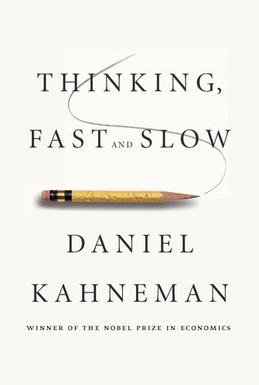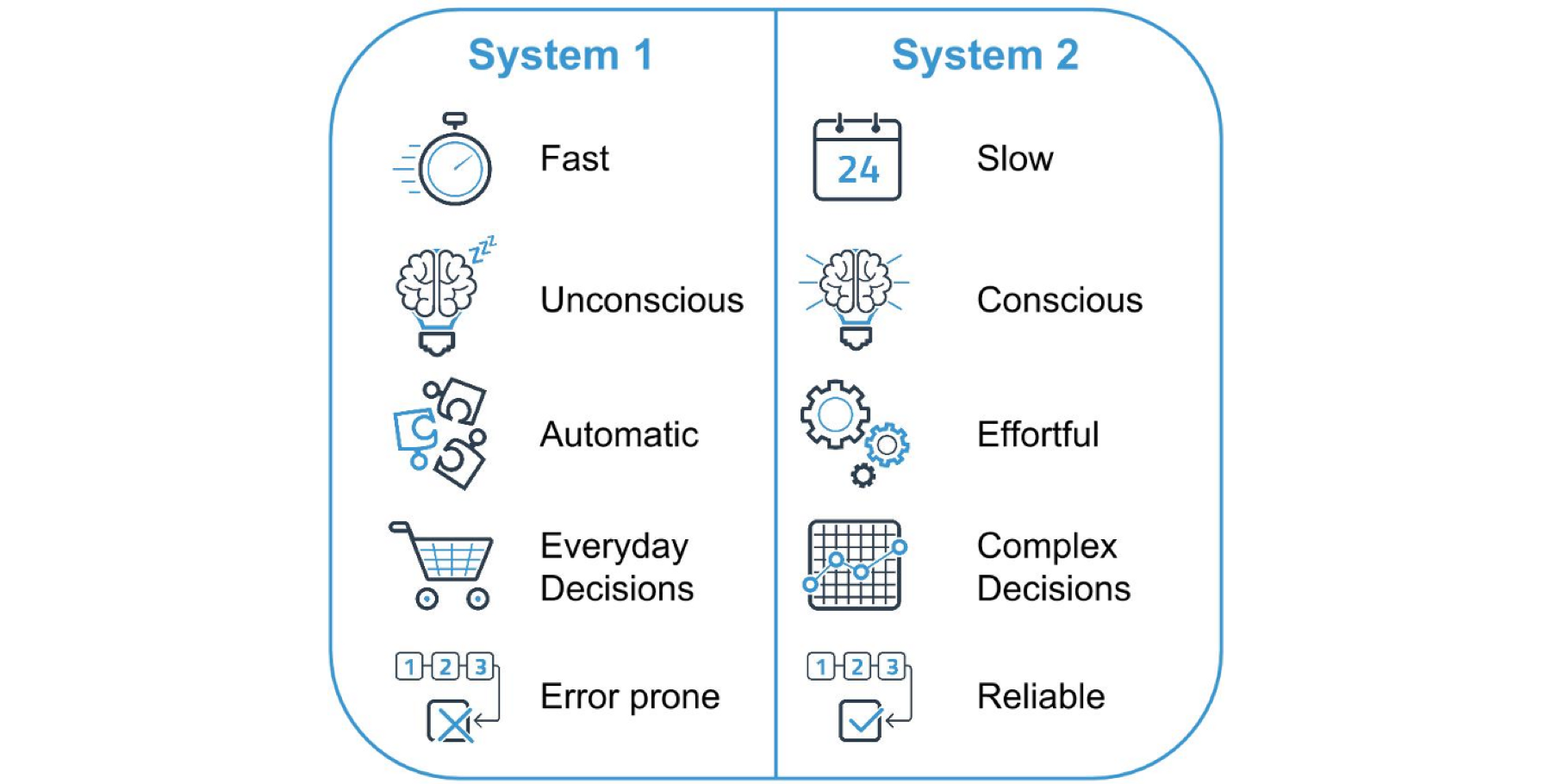Kahneman Thinking Fast And Slow Summary

It was the 2012 winner of the national academies communication award for best creative work that helps the public understanding of topics of behavioral science engineering and medicine.
Kahneman thinking fast and slow summary. Learn your two systems of thinking how you make decisions and your greatest vulnerabilities to bad decisions. Home book notes blog. Thinking fast and slow by daniel kahneman. System 1 operates automatically intuitively and involuntarily.
System 1 is fast instinctive and emotional. Thinking fast and slow by daniel kahneman fsg ny. Thinking fast and slow is a best selling book published during 2011 by nobel memorial prize in economic sciences laureate daniel kahneman. A must for those wishing to improve their thinking and decision making.
Do check out our complete book summary bundle or read the book for more details. System 2 is slower more deliberative and more logical. Thinking fast and slow summary. 2001 summarized by erik johnson daniel kahneman s aim in this book is to make psychology perception irrationality decision making errors of judgment cognitive science intuition statistics uncertainty illogical thinking stock market gambles.
Thinking fast and slow shows you how two systems in your brain are constantly fighting over control of your behavior and actions and teaches you the many ways in which this leads to errors in memory judgment and decisions and what you can do about it. Detailed notes and summary for thinking fast and slow by daniel kahneman. In this thinking fast and slow summary we ll share the key ideas in the book to give an overview of how our brain works our 2 mental systems what are some of our key mental heuristics intuitive biases and errors of judgement and how to make better decisions. Thinking fast and slow by daniel kahneman book summary pdf thinking fast and slow by daniel kahneman analyses two modes of thought.
Daniel kahneman begins by laying out his idea of the two major cognitive systems that comprise the brain which he calls system 1 and system 2.


















